Memorial Presbyterian Church
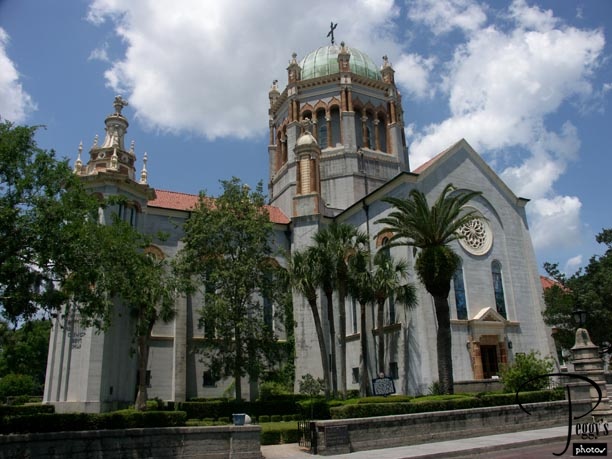
After touring Flagler College, I took a walk around the college area, where the Memorial Presbyterian Church is located. This church was built by Henry Flagler in 1889 as a memorial to his only daughter who died at sea on her way to St. Augustine. It was built in the Venetian Renaissance style and is also part of the St. Augustine skyline.

Memorial Presbyterian Church
Memorial Presbyterian Church
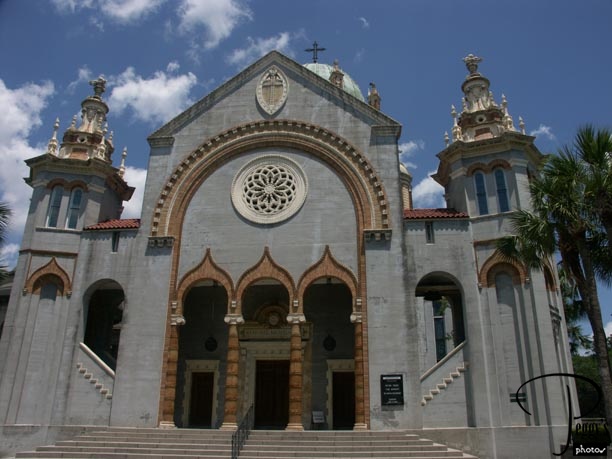
Entrance to the Memorial Presbyterian Church.

Memorial Presbyterian Church
Memorial Presbyterian Church
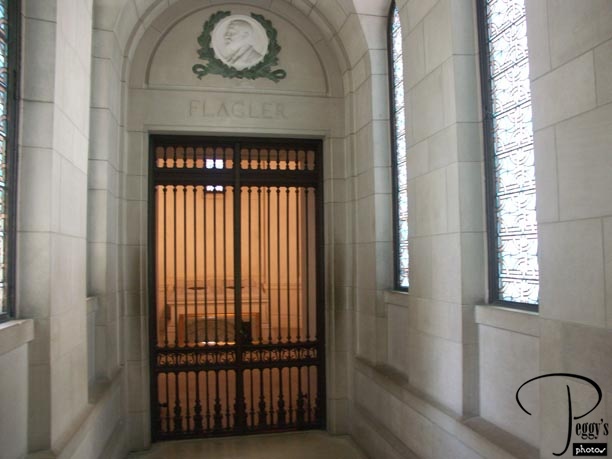
Both Henry Flagler and his daughter are buried in this church. Entrance to the mausoleum.

Memorial Presbyterian Church
Memorial Presbyterian Church
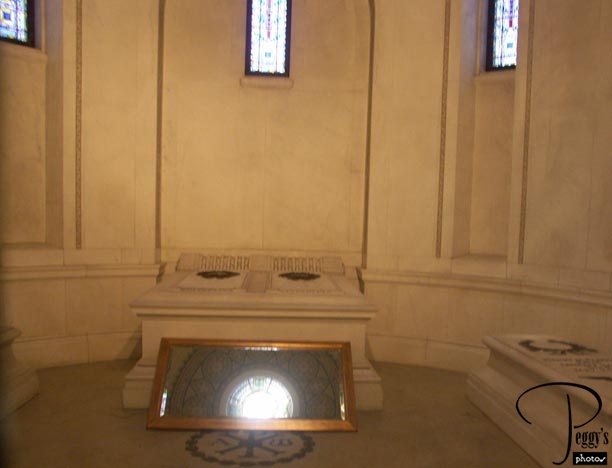
The tombs.

Memorial Presbyterian Church
Memorial Presbyterian Church
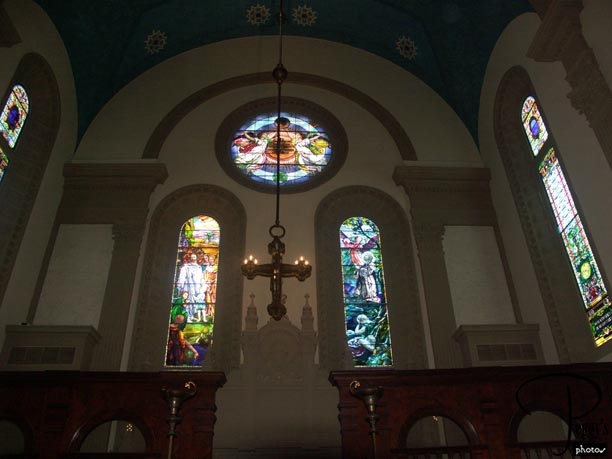
Stained glass in the church.

Memorial Presbyterian Church
Memorial Presbyterian Church
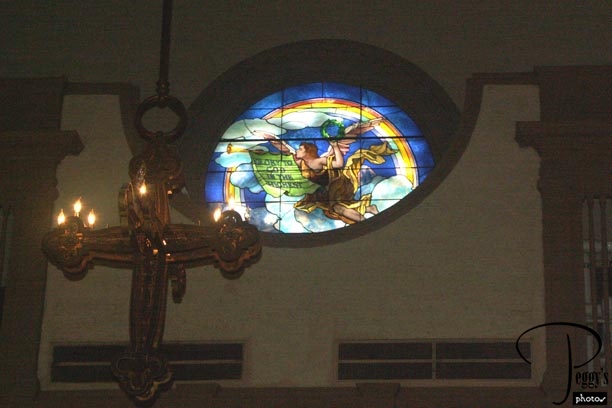
The rose window.

Memorial Presbyterian Church
Memorial Presbyterian Church
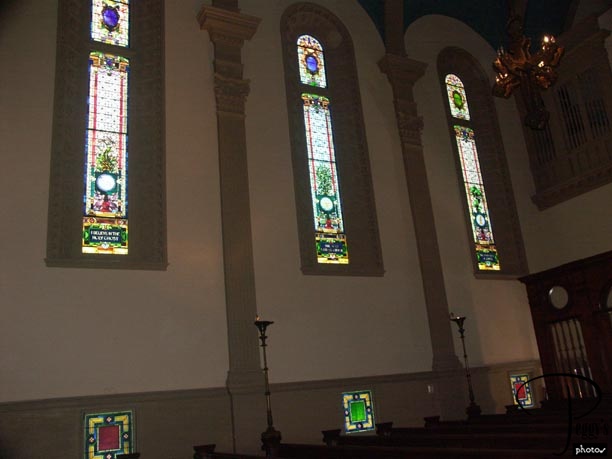
More stained glass.

Memorial Presbyterian Church
Memorial Presbyterian Church
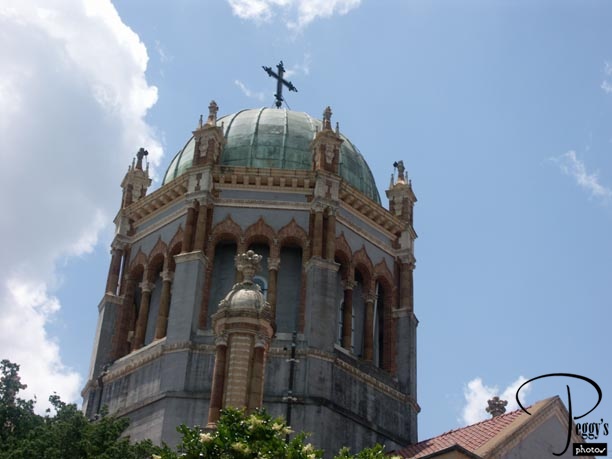
View of the dome.

Memorial Presbyterian Church
Presbyterian Church House
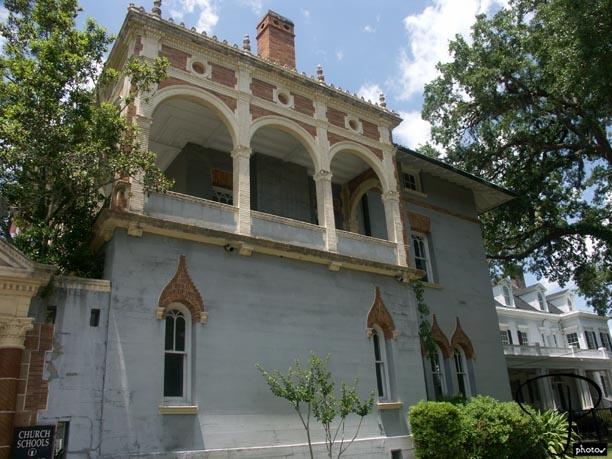
The Presbyterian Church House is located next to the church. It was built in 1890 as a manse for the minister of the church.

Presbyterian Church House
The Ingraham House
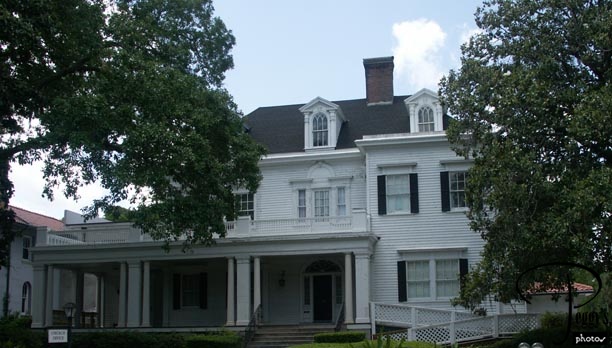
The Ingraham House, located next to the Presbyterian Church House, is the present manse for the minister of the church. It was built in 1894 in the Colonial Revival style by Henry Flagler as the house for one of his key executives.

The Ingraham House
The Schofield House
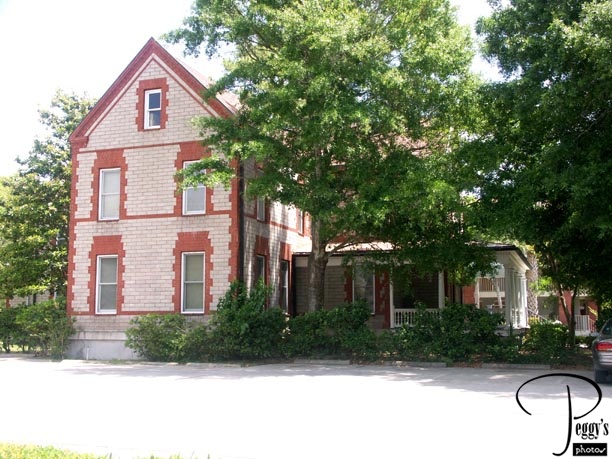
The Schofield House is a Victorian winter cottage built in 1890 for the first manager of the Ponce de Leon Hotel.

The Schofield House
Another House in the Area
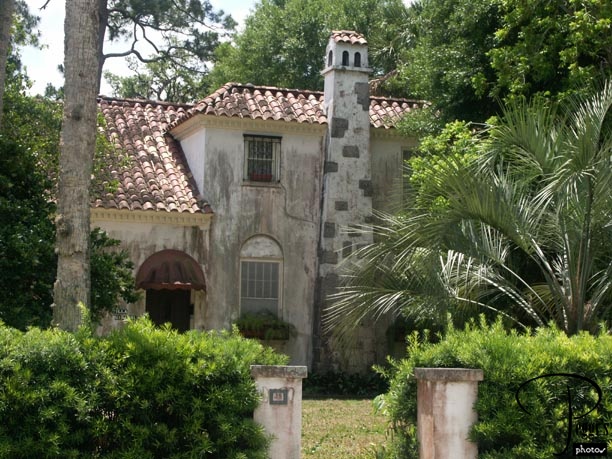
I don’t have any information about this house but I thought that it was both a very pretty house and also that it looked like it belonged in Southern California.

Another House in the Area
Ancient City Baptist Church
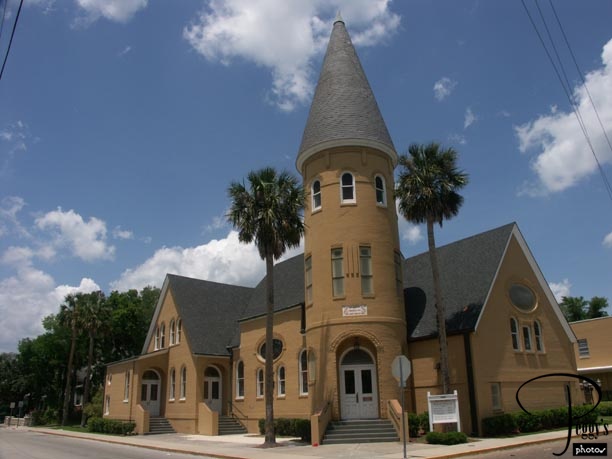
The Ancient City Baptist Church was built in 1895 with the assistance of Henry Flagler. It is in the Romanesque Revival style.

Ancient City Baptist Church
The Spades House
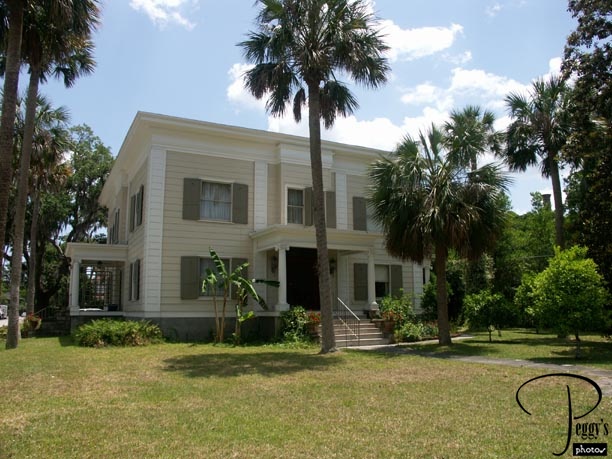
The Spades House was built in 1899 in the Colonial Revival style with Ionic columns.

The Spades House
Another House in the Area
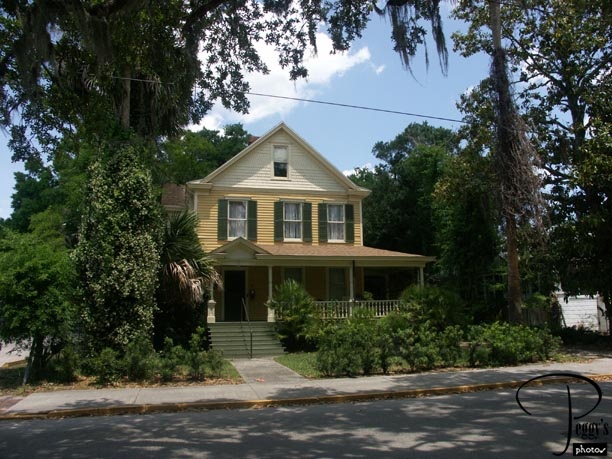
I also don’t have any information about this house but I thought it to be interesting.

Another House in the Area
Another House in the Area
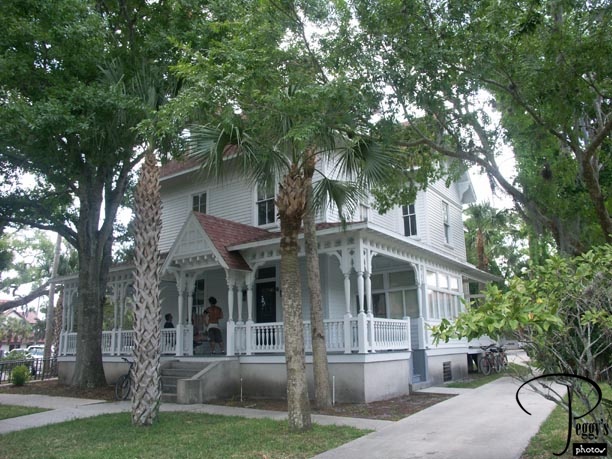
I also don’t have any information about the origins of this Victorian house, but it now houses the art department of Flagler College.

Another House in the Area
Grace Methodist Church

The Grace Methodist Church was built by Henry Flagler in 1887 using the same architects as those used for the Ponce de Leon Hotel.

Grace Methodist Church
Spanish Moss
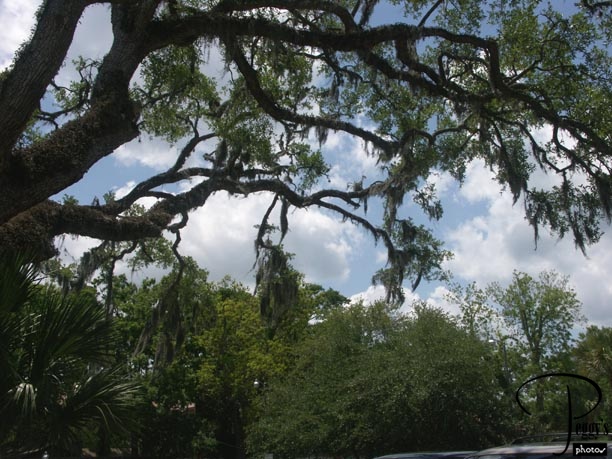
Spanish moss hanging from a tree across from the Grace Methodist Church.

Spanish Moss
Scarlett O’Hara’s Bar and Restaurant

This is a popular eating place housed in an 1879 building.

Scarlett O’Hara’s Bar and Restaurant
Wiley Hall
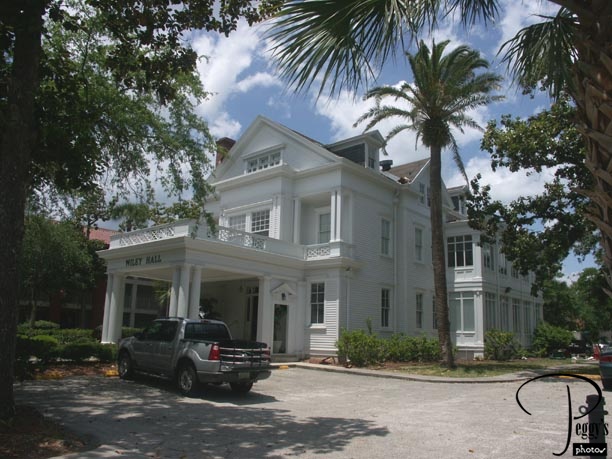
Wiley Hall was built by Henry Flagler in 1898 for his key executives. It is in the Colonial Revival style and is now a part of Flagler College.

Wiley Hall
Around the Plaza
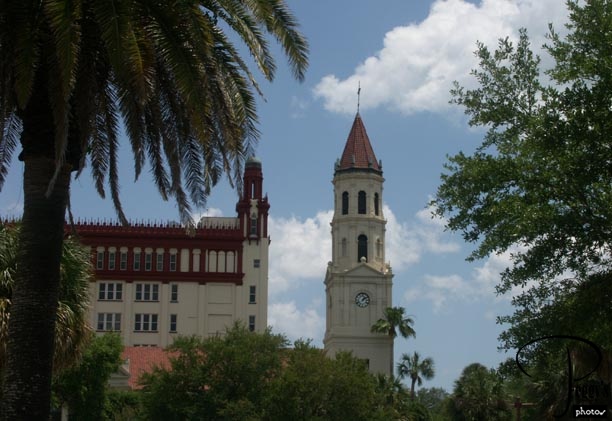
I next walked back to the Plaza area. In photo, bordering the Plaza, are, left, the Wachovia Bank Building and, right, the Basilica–Cathedral.

Around the Plaza
Wachovia Bank Building
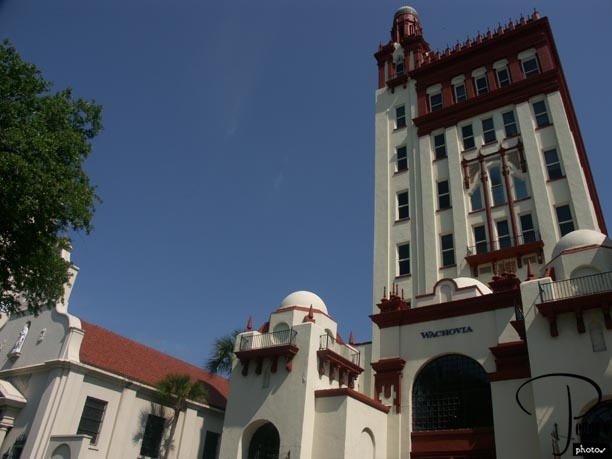
The Wachovia Bank Building was built in in 1926 as the First National Bank Building. It is also part of the St. Augustine skyline.

Wachovia Bank Building
Basilica-Cathedral
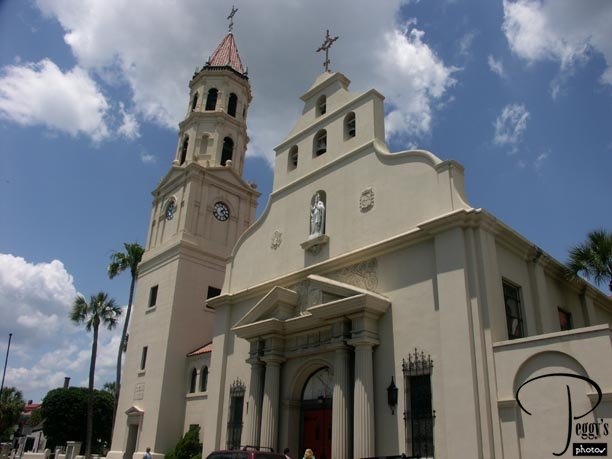
The Basilica–Cathedral was begun in 1793, financed mainly by the Spanish royal treasury. It was completed and dedicated in 1797 and became a cathedral in 1870. It is the oldest Catholic parish church in the United States.

Basilica-Cathedral
Basilica-Cathedral
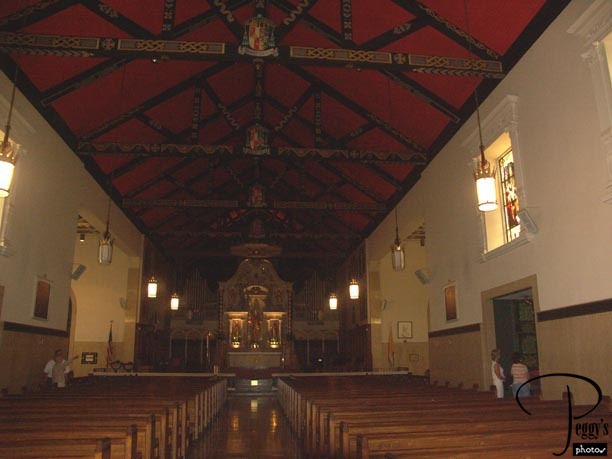
Inside the cathedral.

Basilica-Cathedral
Basilica-Cathedral
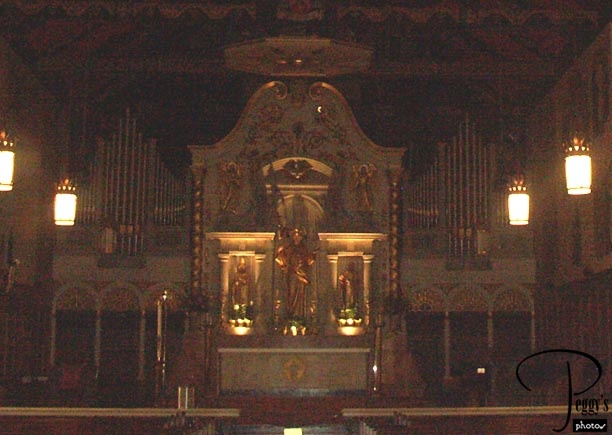
The altar.

Basilica-Cathedral
Basilica-Cathedral
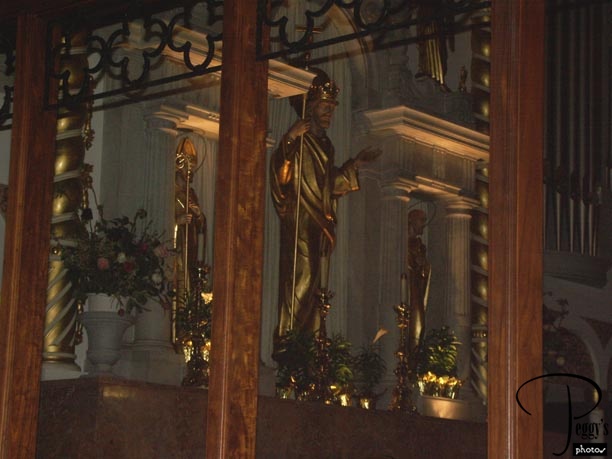
Inside the cathedral.

Basilica-Cathedral
Basilica-Cathedral
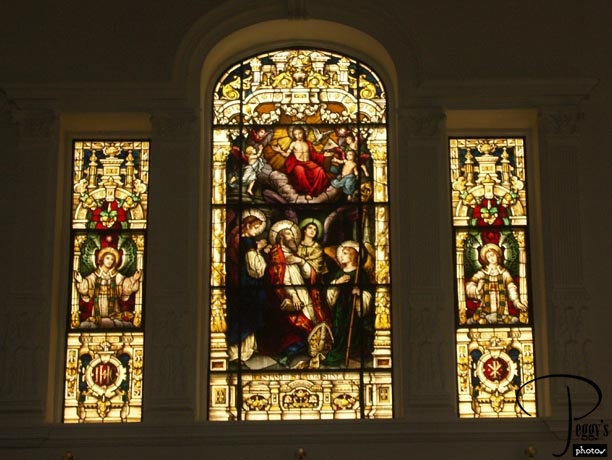
Stained–glass windows.

Basilica-Cathedral
Basilica-Cathedral
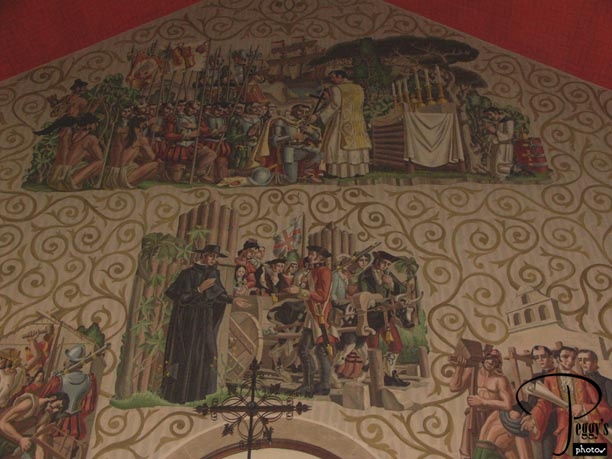
Wall paintings.

Basilica-Cathedral
Ponce de Leon
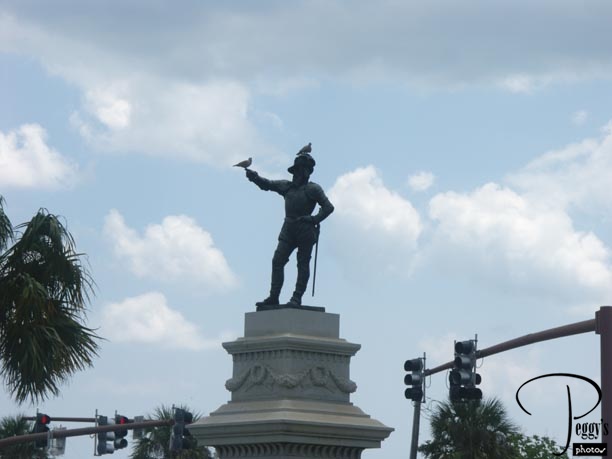
I knew that, eventually, when I passed the statue of Ponce de Leon in front of the Plaza, some birds would be using him as a perch.

Ponce de Leon
Ponce de Leon
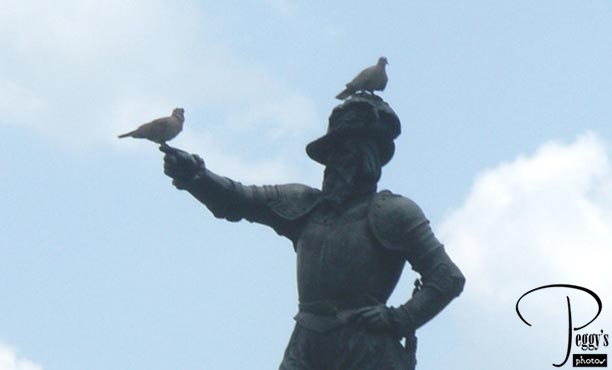
A close–up view.

Ponce de Leon
Avila Street
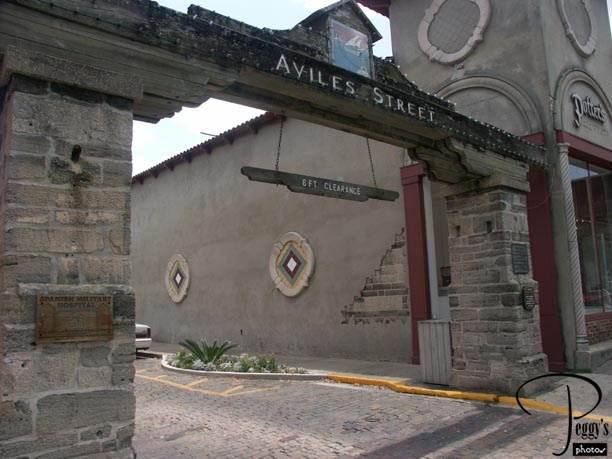
I was headed again to the Oldest House in St. Augustine through the entrance to the old street of Avila off the Plaza.

Avila Street
Avila Street
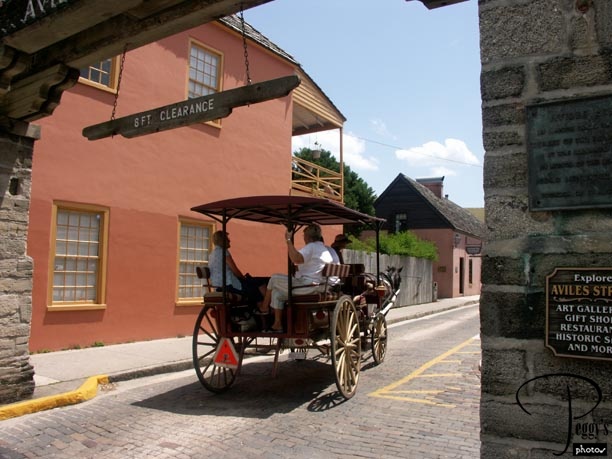
Horse and buggy entering Avila Street.

Avila Street
Avila Street
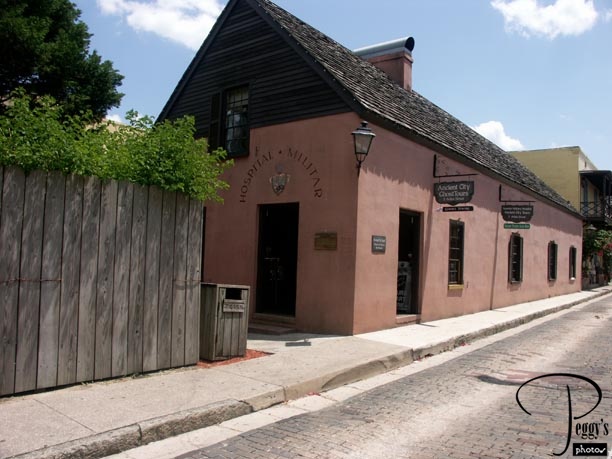
The Spanish Military Hospital. A reconstruction of a Second Spanish Period royal hospital. Inside is a museum of military hospital life of 1791. I visited it on my last trip (it was interesting), so didn’t again.

Avila Street
Avila Street
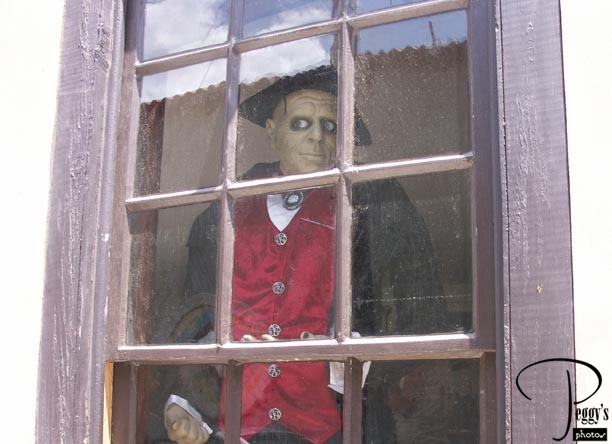
Who is this scary guy in the window of the Spanish Military Hospital? I’m not sure––a doctor perhaps?

Avila Street
Avila Street
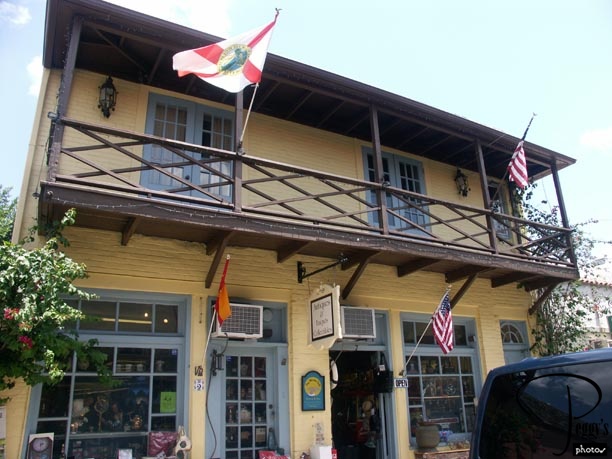
A store on Avila Street.

Avila Street
Avila Street
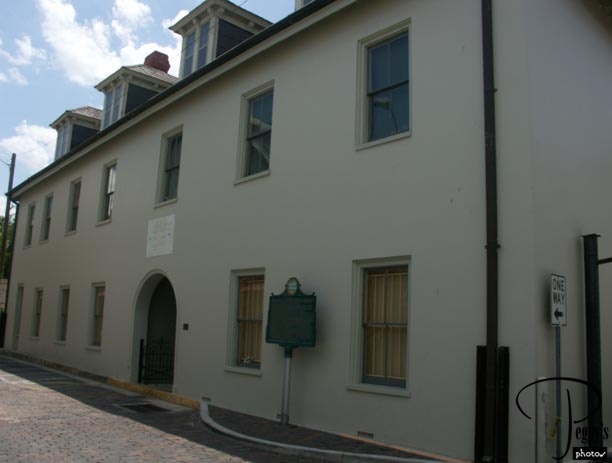
The Segui–Kirby–Smith House. This Spanish colonial house was built around 1800 and was the birthplace of Civil War General Edmund Kirby–Smith, the last Confederate general to surrender.

Avila Street
Avila Street
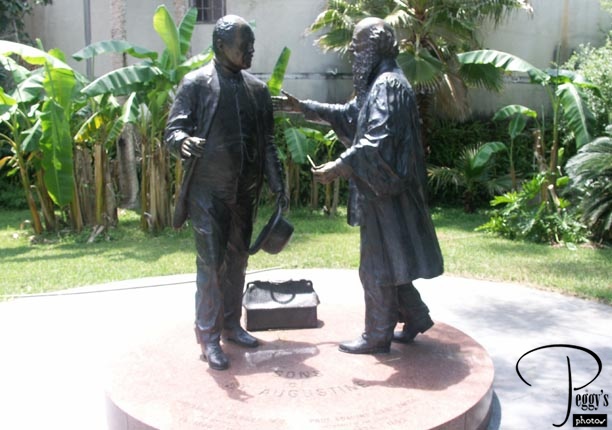
Sons of St. Augustine statues in the courtyard of the Segui–Kirby–Smith house of Alexander H. Barnes, M.D., and Professor Edmund Kirby–Smith––perhaps General Kirby–Smith’s father?

Avila Street
Avila Street
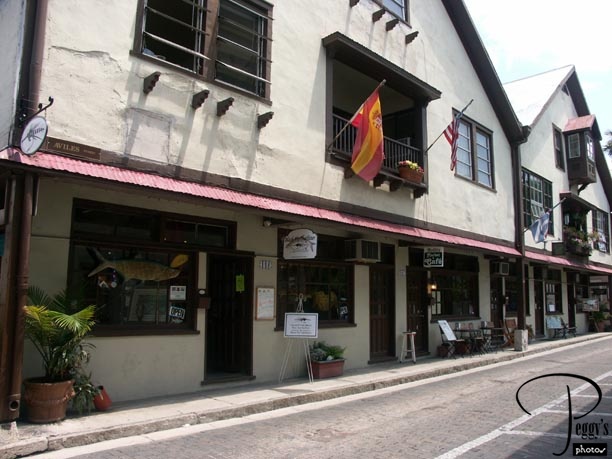
More stores on Avila Street.

Avila Street
Avila Street
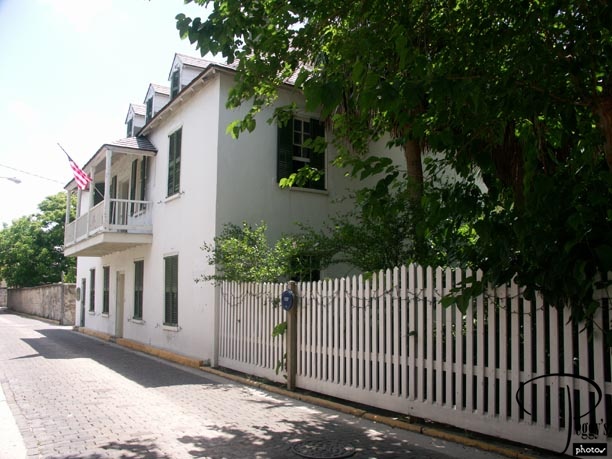
The Ximenez–Fatio House. This house was built in 1979 by Andreas Ximenez, a merchant who ran his business from his home. It was bought by Miss Louisa Fatio, from an old Florida family, in 1855 and turned into a boarding house. It has been restored as an 1850s boarding house––I didn’t visit it.

Avila Street
Avila Street
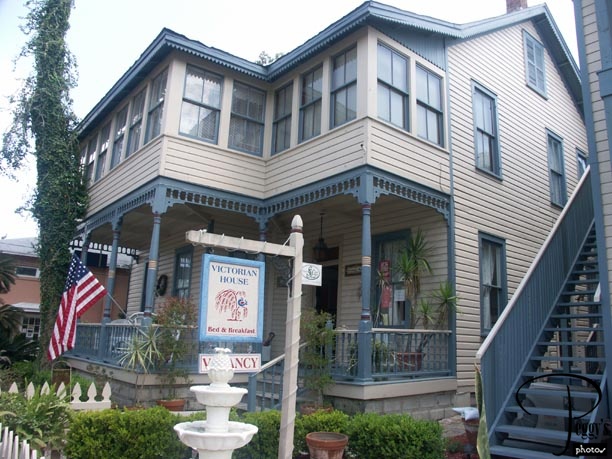
The Victorian House B&B.

Avila Street
Avila Street
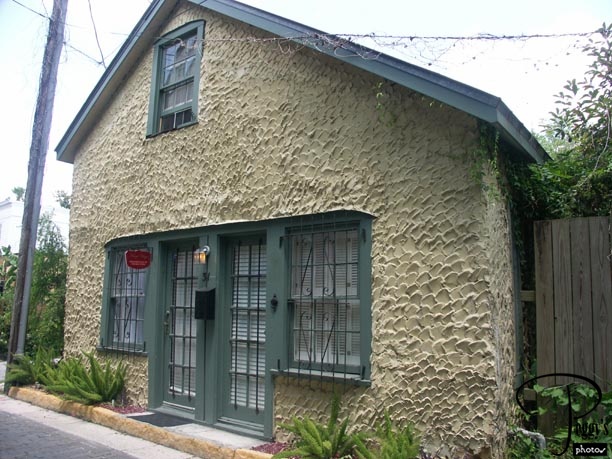
I don’t have any information about this house, but it has a very interesting stucco pattern on it.

Avila Street
On the Avenida Menendez
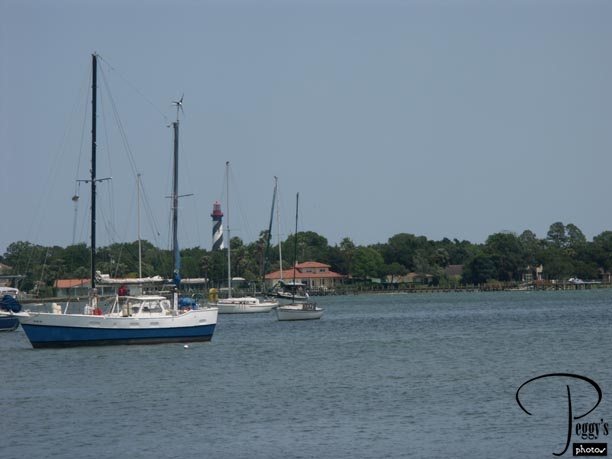
I tried a new way to arrive at the Oldest House in St. Augustine. From Avila Street, I headed toward Matanzas Bay and then turned right. I was at the seawall and wanted to take a photo of the St. Augustine Lighthouse across the bay. You can see it in the photo.

On the Avenida Menendez
On the Avenida Menendez
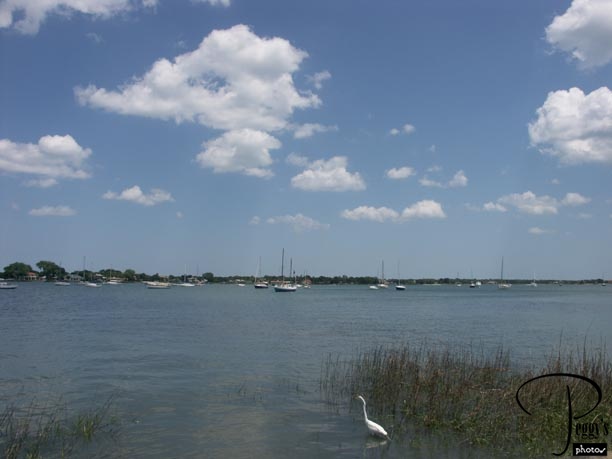
While at the seawall, I was surprised to see this Great Egret (if I am wrong as to its name, please let me know).

On the Avenida Menendez
On the Avenida Menendez
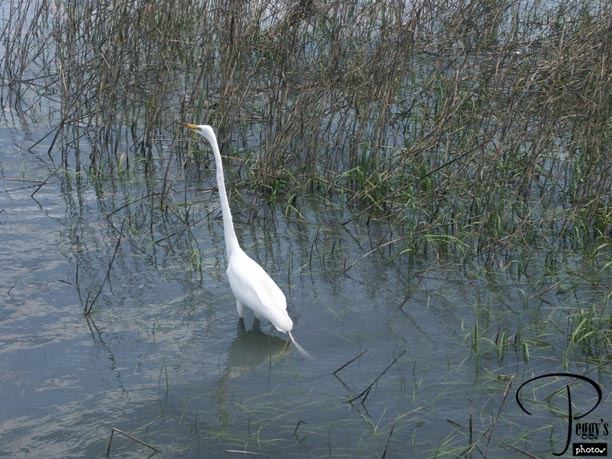
Close–up of the Great Egret.

On the Avenida Menendez
On the Avenida Menendez
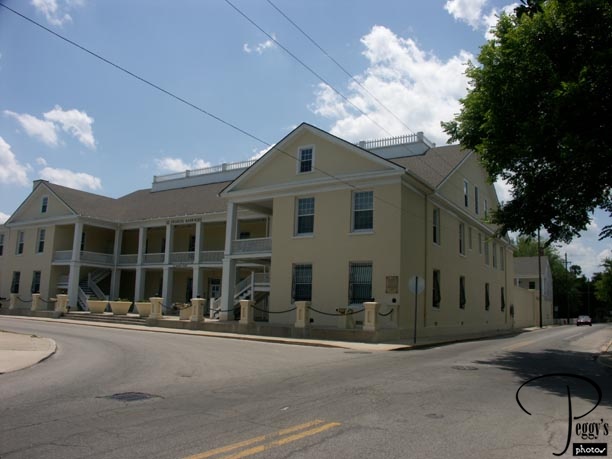
Facing the seawall are the St. Francis Barracks. The barracks still have the coquina walls that were part of a Franciscan convent here in the early 1700s. The convent was converted to a military barracks by the English. Today, it is used by the State of Florida Department of Military Affairs.

On the Avenida Menendez
The Oldest House in St. Augustine
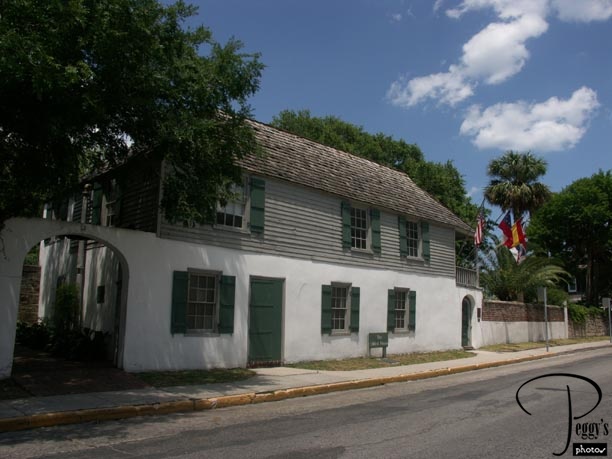
Finally, I found the Oldest House in St. Augustine, on a side street off Avenida Menendez. It is also called the Gonzalez–Alvarez House. The first house here was constructed in the early 1600s of wood and burned down in 1702. It was replaced by a two–room one–story coquina structure in the early 1700s. Thomas Gonzalez y Hernandez, an artillaryman at the Castillo de San Marcos and his family lived here. When the British took over St. Augustine, Major Joseph Peavelt, the paymaster for the military, built its second floor. The next owner was Spanish, Geronimo Alverez.

The Oldest House in St. Augustine
The Oldest House in St. Augustine
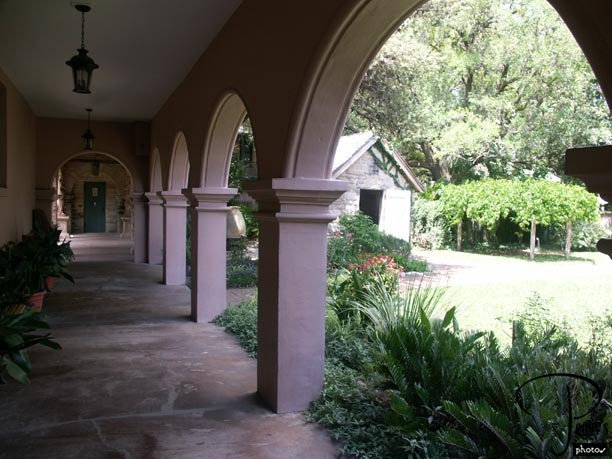
I had taken a tour of the Oldest House and its grounds the last time I was in St. Augustine, but I decided to take the tour again as I remember being able to take some interesting photos here. Photo: The outside corridor and the outside kitchen. Kitchens were placed outside and away from the houses so that the houses would not burn down if there was a kitchen fire.

The Oldest House in St. Augustine
The Oldest House in St. Augustine
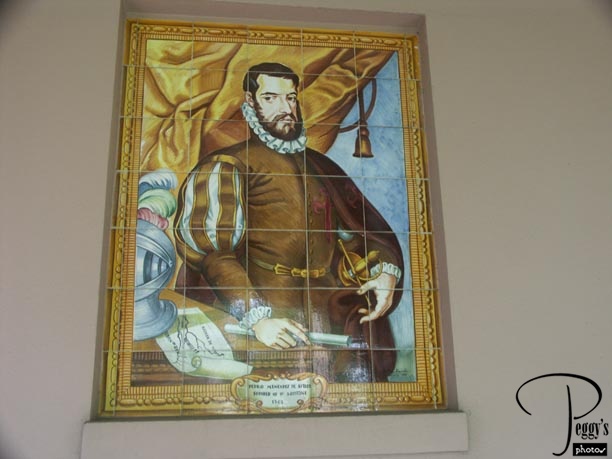
Tiled mural on the wall of the corridor of Pedro Menendes de Avila, the founder of St. Augustine in 1565.

The Oldest House in St. Augustine
The Oldest House in St. Augustine
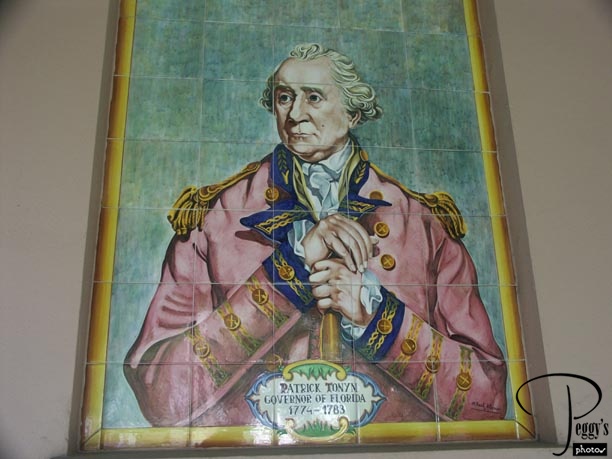
Tiled wall mural of Patrick Tonyn, Governor of Florida 1774–1783.

The Oldest House in St. Augustine
The Oldest House in St. Augustine
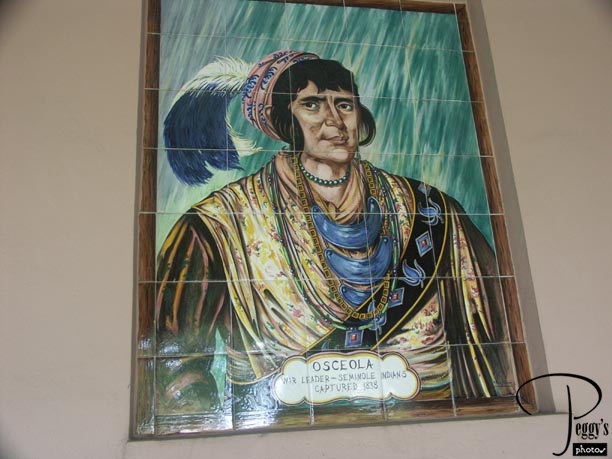
Tiled wall mural of Osceola, war leader of the Seminole Indians, captured in 1838 and imprisoned at the Castillo de San Marcos.

The Oldest House in St. Augustine
The Oldest House in St. Augustine
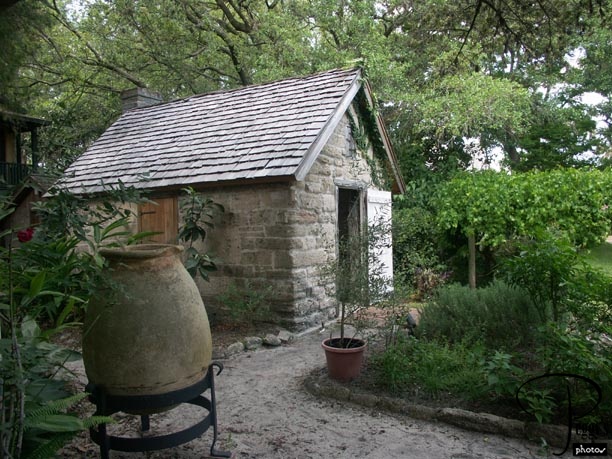
The kitchen.

The Oldest House in St. Augustine
The Oldest House in St. Augustine
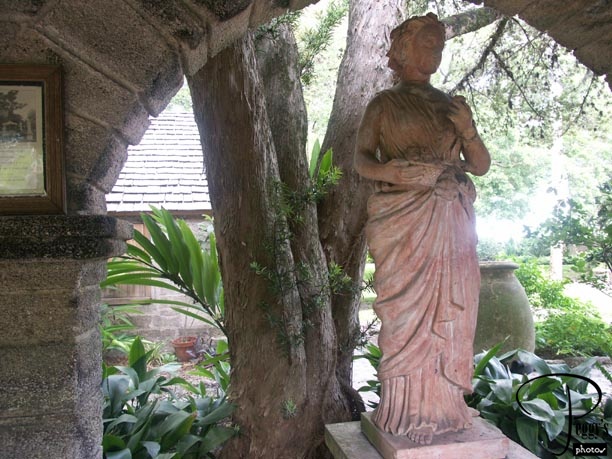
One of the statues lining the corridor, brought back from the 1893 Chicago World’s Fair.

The Oldest House in St. Augustine
The Oldest House in St. Augustine
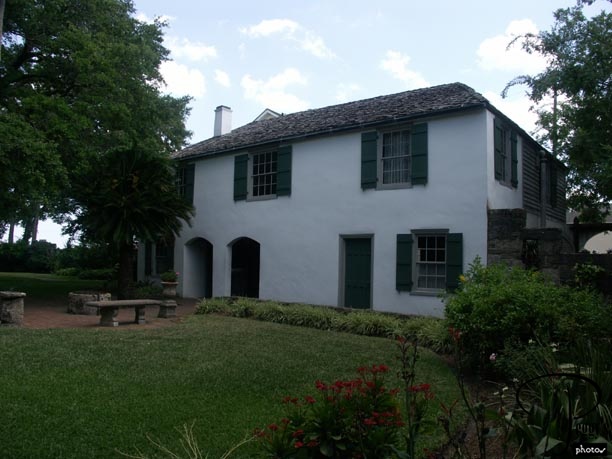
Back of the Oldest House.

The Oldest House in St. Augustine
The Oldest House in St. Augustine
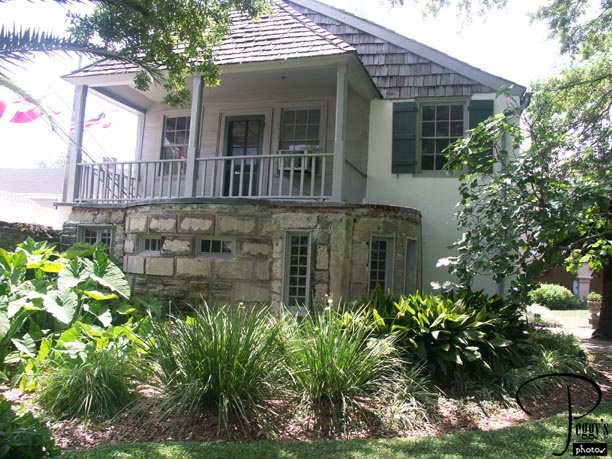
Side of the old house, showing the coquina–built first story (Spanish) and the wood–built second story (British).

The Oldest House in St. Augustine
The Oldest House in St. Augustine
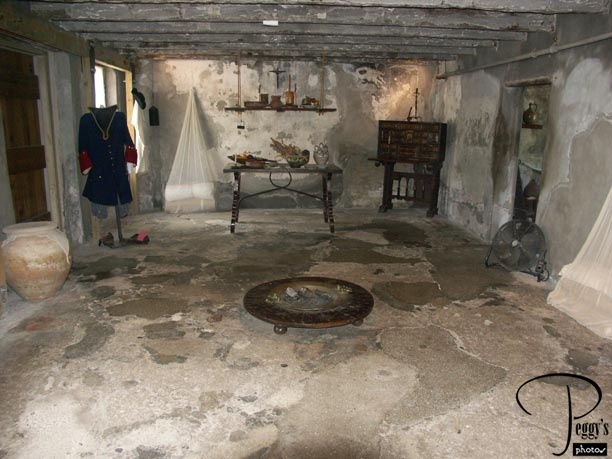
Inside the first story of the Oldest House, showing coquina walls and a tabby floor.

The Oldest House in St. Augustine
The Oldest House in St. Augustine
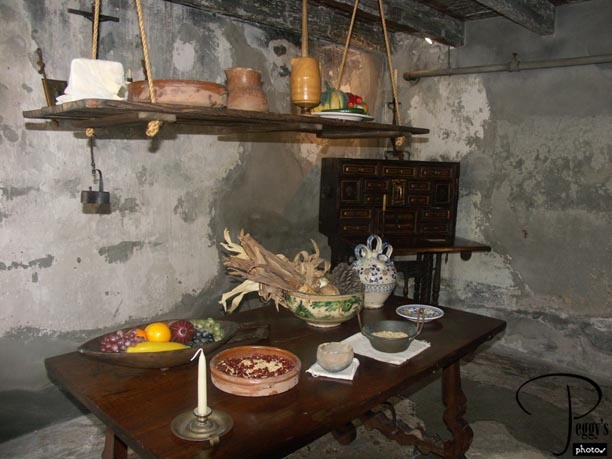
Food was placed on the top of the swinging structure. If a mouse or other animal jumped up on the swing, its movement was supposed to scare the animal away.

The Oldest House in St. Augustine
The Oldest House in St. Augustine
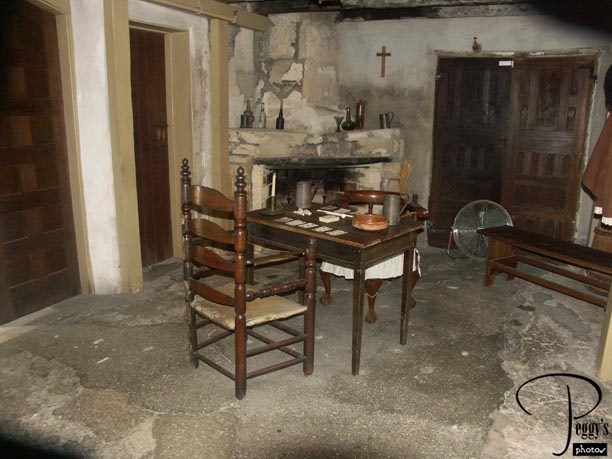
The original dining room, which was converted into a tavern serving the soldiers living in the barracks down the street.

The Oldest House in St. Augustine
The Oldest House in St. Augustine
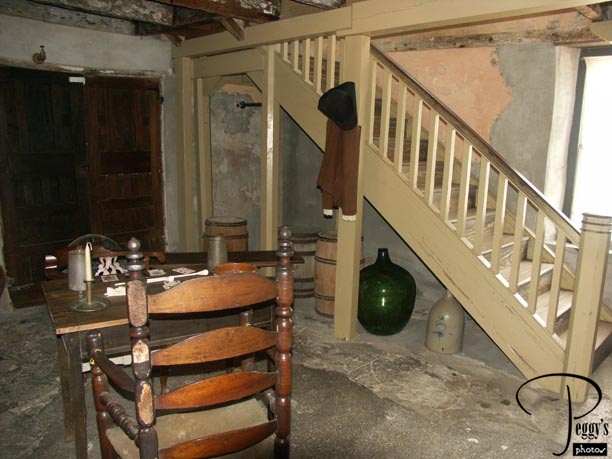
This photo is a very good illustration of how the British added a second story to the one–story Spanish houses. They added a wooden staircase and also added windows and doors to the structure.

The Oldest House in St. Augustine
The Oldest House in St. Augustine
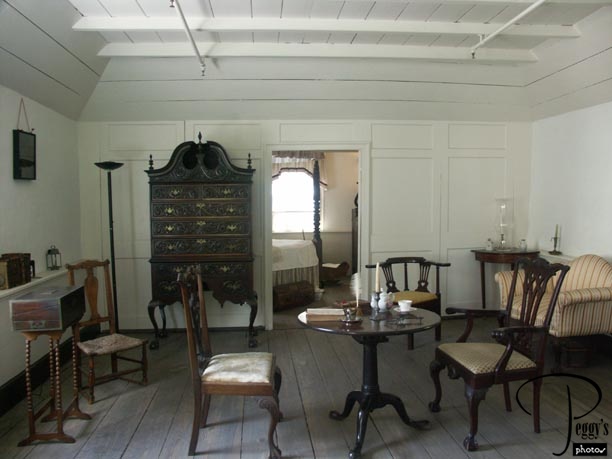
The second British–added story: the parlor.

The Oldest House in St. Augustine
The Oldest House in St. Augustine
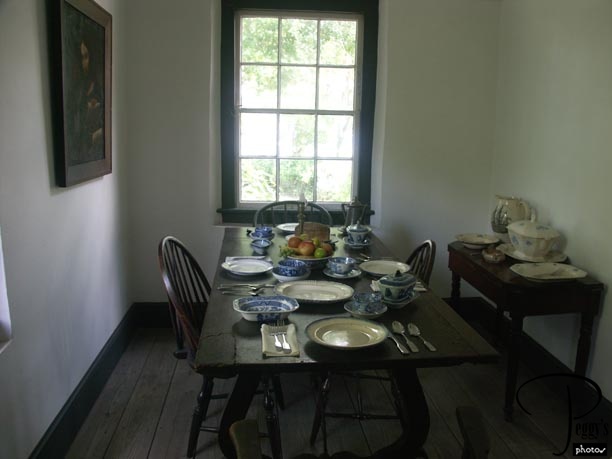
The dining room of the second story.

The Oldest House in St. Augustine
The Oldest House in St. Augustine
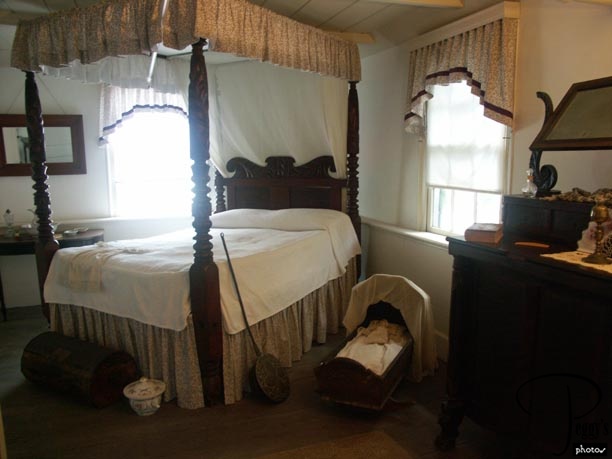
The bedroom of the second story.

The Oldest House in St. Augustine
St. Augustine Reunion
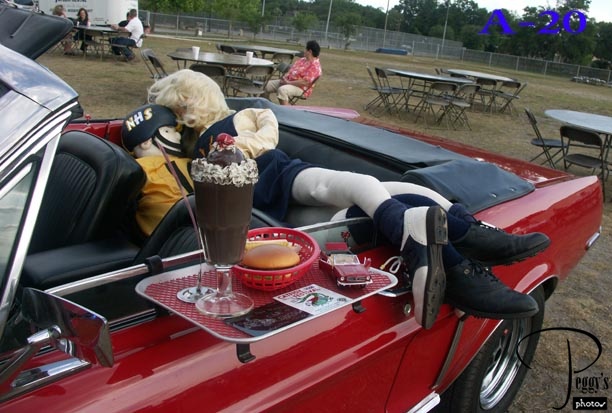
Our first reunion event was a Graffiti Night––DJ, antique car show, dancing, barbecue, and meeting old friends. About 180 people from the classes of 1958–1968 plus spouses and significant others came to the reunion. I knew about 20% of the people who came and I was thrilled to see many old friends. Photo: A Northport High School cheerleader and football player misbehaving at a drive–in.
